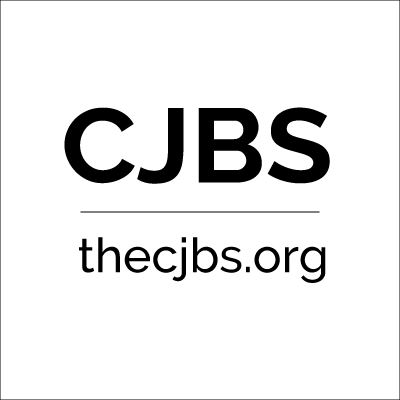< Issue No. 8 (2012)Article
Arhant Mahinda as Redactor of the Buddhapūjāva and the Pañca-, Aṭṭhangika- and Dasa-sīlas in Sinhala Buddhism
Sugunasiri, Suwanda H.J., Trinity College, University of Toronto, Nalanda College of Buddhist Studies
Abstract
Buddha Pūjā ‘Homage to the Buddha’ is a religious practice found in every Buddhist temple and many a Buddhist household around the world. Over the last two millennia or more, it has taken many a shape and turn. This treatment, however, relates to the Buddha Pūjā in the particular cultural context of Sinhala Buddhism, writing it as a single word, Buddhapūjāva (with a -va denoting the Sinhalizing suffix) to distinguish it from the ritual in other cultural contexts. It is as practiced in Sri Lanka, ironically, not in Sinhala but in Pāli, Buddhism being introduced in the 3rd c. BCE by Arhant Mahinda during the reign of Devanampiya Tissa in the Anuradhapura period. It is not the Buddhapūjāva itself, however, that is the topic of this paper, but its authorship.
Finding no evidence of its authorship, or origin, in India, it comes to be located in Sri Lanka. Seeking evidence for its Redactor from within the ritual itself, we are led to none other than Arhant Mahinda who introduces the Buddhadhamma to the island. It is also established how, in the very process of creating the Buddhapūjāva, the pañca-, aṭṭhangika- and dasa-sīlas also come to be systematized into a coherent pattern. Two alternative dates for the possible launch of the ceremony are suggested, making it the oldest living Buddhapūjāva ritual in the world. In a concluding theoretical detour, a distinction is made between an Etic Buddha Pūjā and an Emic Buddha Pūjā.
